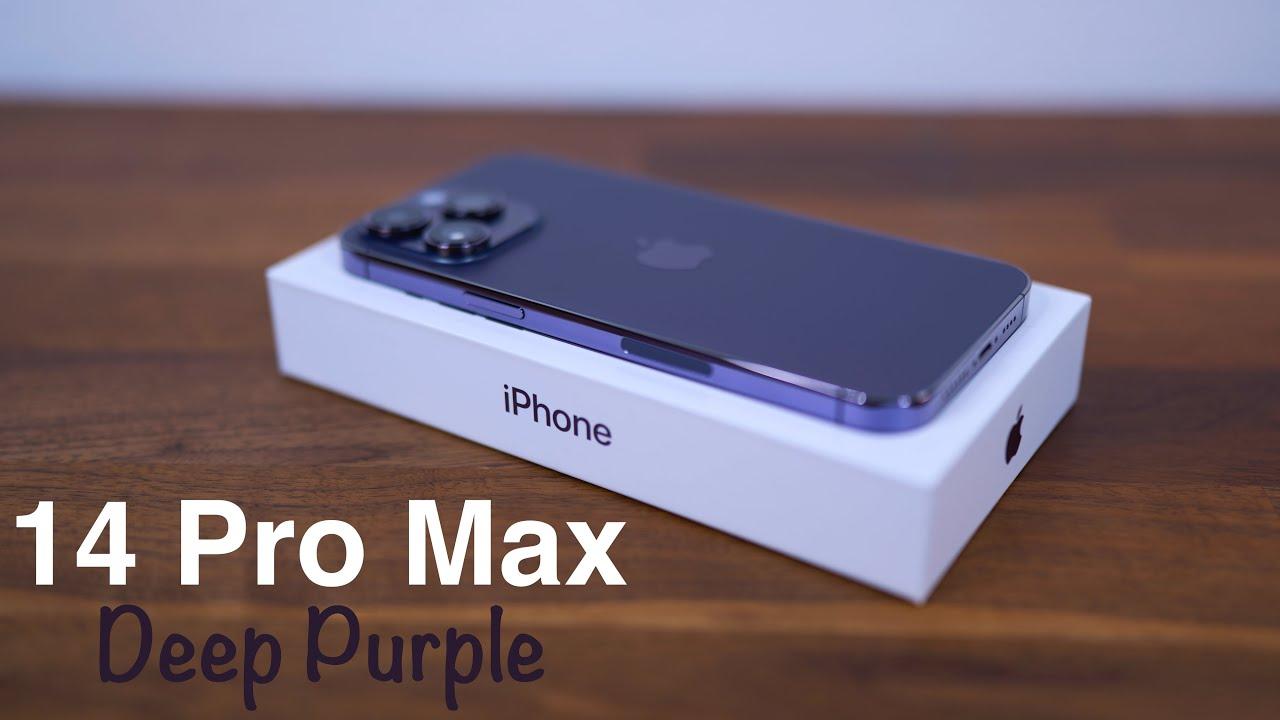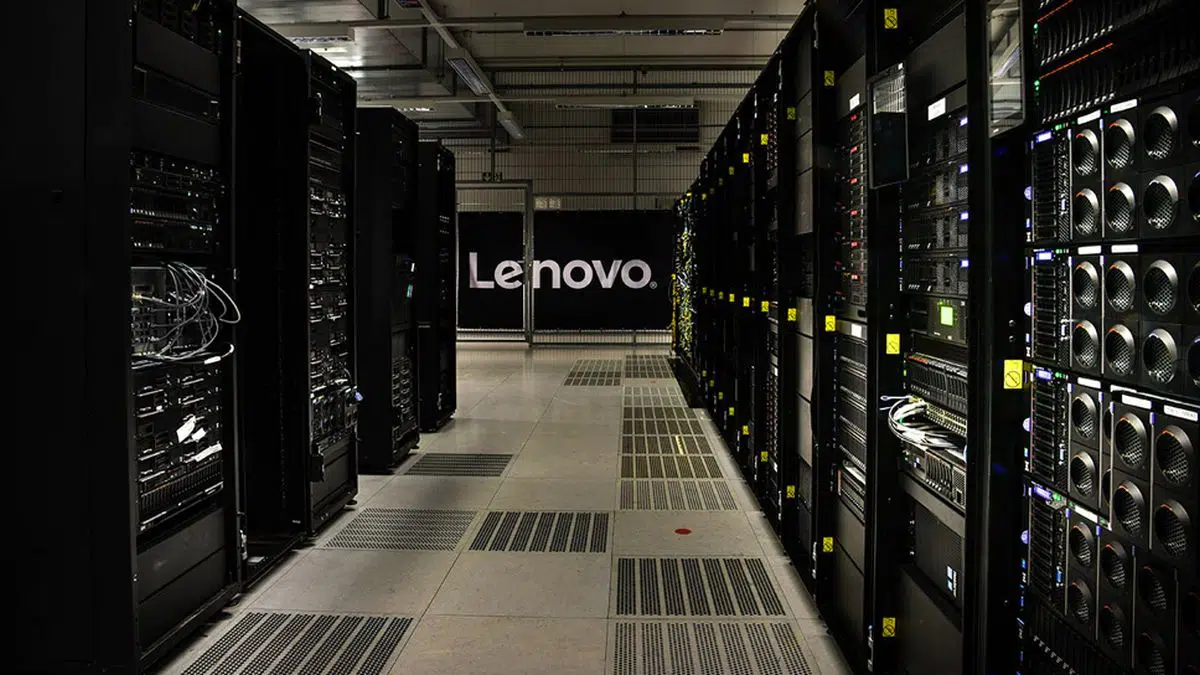Introduction:
In the rapidly evolving landscape of technology, the Internet of Things (IoT) has emerged as a transformative force, reshaping industries and revolutionizing the way we interact with the world around us. As businesses embrace the potential of IoT to improve efficiency, enhance customer experiences, and drive innovation, the demand for IoT software development services has skyrocketed. However, amidst the rush to capitalize on IoT opportunities, companies must navigate the delicate balance between cost and quality to achieve optimal results. This article explores the challenges and strategies associated with IoT software development, emphasizing the importance of selecting the right development partner, such as an IoT software development company, to ensure success.
Understanding IoT Software Development:
At its core, IoT software development involves creating applications and platforms that enable devices to communicate, collect, and analyze data, thereby facilitating automation, decision-making, and connectivity. Whether it’s smart home appliances, industrial sensors, wearable devices, or autonomous vehicles, IoT software plays a pivotal role in powering the interconnected ecosystem of connected devices.
The complexity of IoT software development arises from the diverse range of devices, protocols, and technologies involved, as well as the need to address scalability, security, and interoperability challenges. From designing intuitive user interfaces to implementing robust backend infrastructure, every aspect of IoT software development requires careful planning, execution, and iteration.
Balancing Cost and Quality:
One of the primary challenges faced by businesses embarking on IoT initiatives is finding the right balance between cost and quality. While cost-effective solutions are desirable, cutting corners on quality can lead to compromised performance, security vulnerabilities, and ultimately, project failure. On the other hand, investing excessively in high-end development services may inflate costs without delivering proportional value.
To achieve optimal results, companies must adopt a strategic approach that prioritizes cost-efficiency without sacrificing quality. This involves:
- Defining Clear Objectives: Before embarking on IoT software development, companies must clearly define their objectives, target audience, and expected outcomes. By establishing a roadmap and setting realistic goals, organizations can align their development efforts with business priorities and budgetary constraints.
- Conducting Thorough Research: When selecting an IoT software development company, thorough research is essential. Beyond considering cost factors, companies should evaluate the company’s track record, expertise, and ability to deliver high-quality solutions within budgetary constraints. Look for a provider with experience in developing IoT applications across diverse industries, as well as a demonstrated commitment to innovation and excellence.
- Embracing Agile Methodologies: Agile development methodologies, such as Scrum or Kanban, promote iterative, collaborative, and adaptive approaches to software development. By breaking down projects into manageable sprints and continuously soliciting feedback from stakeholders, Agile methodologies enable teams to respond quickly to changing requirements, minimize risks, and optimize resource utilization.
- Prioritizing Security and Compliance: Security is paramount in IoT software development, given the proliferation of connected devices and the potential consequences of data breaches or cyberattacks. When evaluating development partners, prioritize companies that adhere to industry best practices, compliance standards (such as GDPR or HIPAA), and robust security protocols to safeguard sensitive information and mitigate risks.
- Leveraging Open-Source Technologies: Open-source technologies offer a cost-effective alternative to proprietary solutions, providing access to a vast ecosystem of tools, libraries, and frameworks for IoT development. By leveraging open-source platforms such as Arduino, Raspberry Pi, or Node-RED, companies can accelerate development, reduce licensing costs, and tap into community-driven innovation.
- Investing in Scalability and Flexibility: As IoT ecosystems evolve and expand, scalability and flexibility become crucial considerations in software design and architecture. Choose a development partner capable of building scalable, modular, and future-proof solutions that can adapt to changing business requirements, accommodate growing user bases, and integrate seamlessly with emerging technologies.
Case Study: XYZ Corporation’s Journey with an IoT Software Development Company
To illustrate the principles outlined above, let’s consider the case of XYZ Corporation, a multinational manufacturing company seeking to digitize its operations through IoT technology. Facing pressure to improve production efficiency, monitor equipment health, and optimize supply chain logistics, XYZ Corporation embarked on an IoT initiative in collaboration with an experienced IoT software development company.
By partnering with a reputable development firm specializing in IoT solutions, XYZ Corporation was able to:
- Define clear project objectives, including key performance indicators (KPIs) such as production throughput, equipment uptime, and inventory turnover.
- Conduct comprehensive research to identify the most suitable IoT platforms, protocols, and sensors for their manufacturing environment, considering factors such as cost, compatibility, and scalability.
- Embrace Agile development methodologies to iteratively prototype, test, and refine IoT applications, soliciting feedback from production teams and stakeholders to ensure alignment with operational requirements.
- Prioritize security and compliance by implementing robust authentication, encryption, and access control mechanisms to safeguard sensitive data and comply with industry regulations.
- Leverage open-source technologies such as MQTT for message brokering, InfluxDB for time-series data storage, and Grafana for real-time monitoring and visualization, minimizing development costs while maximizing flexibility and extensibility.
- Invest in scalable cloud infrastructure (e.g., AWS IoT Core, Azure IoT Hub) to accommodate future growth and enable seamless integration with enterprise systems such as ERP and CRM.
As a result of their collaboration with the IoT software development company, XYZ Corporation achieved significant improvements in production efficiency, equipment reliability, and supply chain visibility, leading to cost savings, revenue growth, and competitive advantage in the market.
Conclusion:
In the era of digital transformation, IoT software development has emerged as a critical enabler of innovation, efficiency, and competitive advantage for businesses across industries. However, achieving success in IoT initiatives requires careful consideration of the balance between cost and quality. By selecting the right development partner, such as an experienced IoT software development company, and adopting a strategic approach that prioritizes cost-efficiency without compromising quality, organizations can unlock the full potential of IoT technology and drive sustainable business growth.





